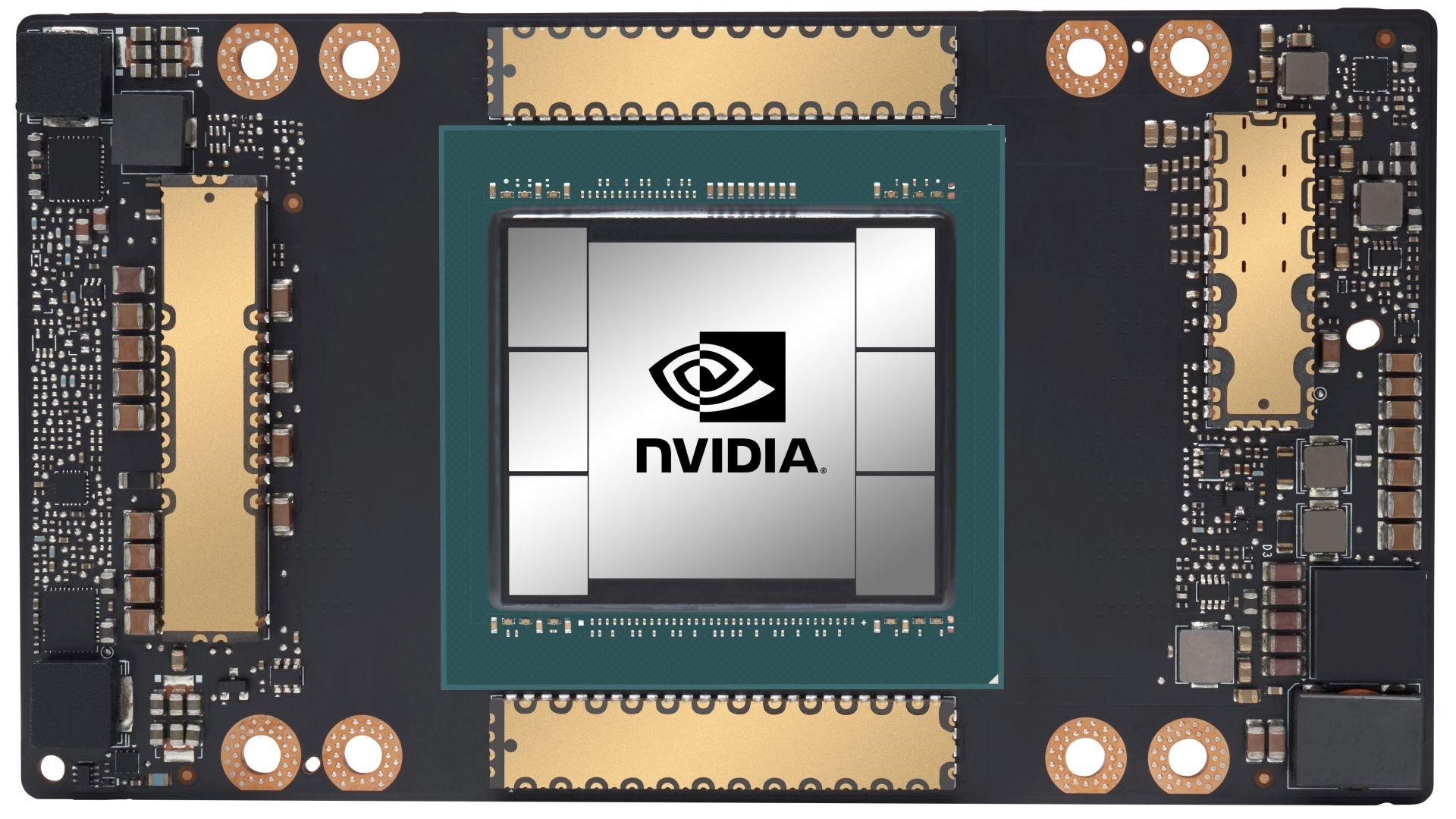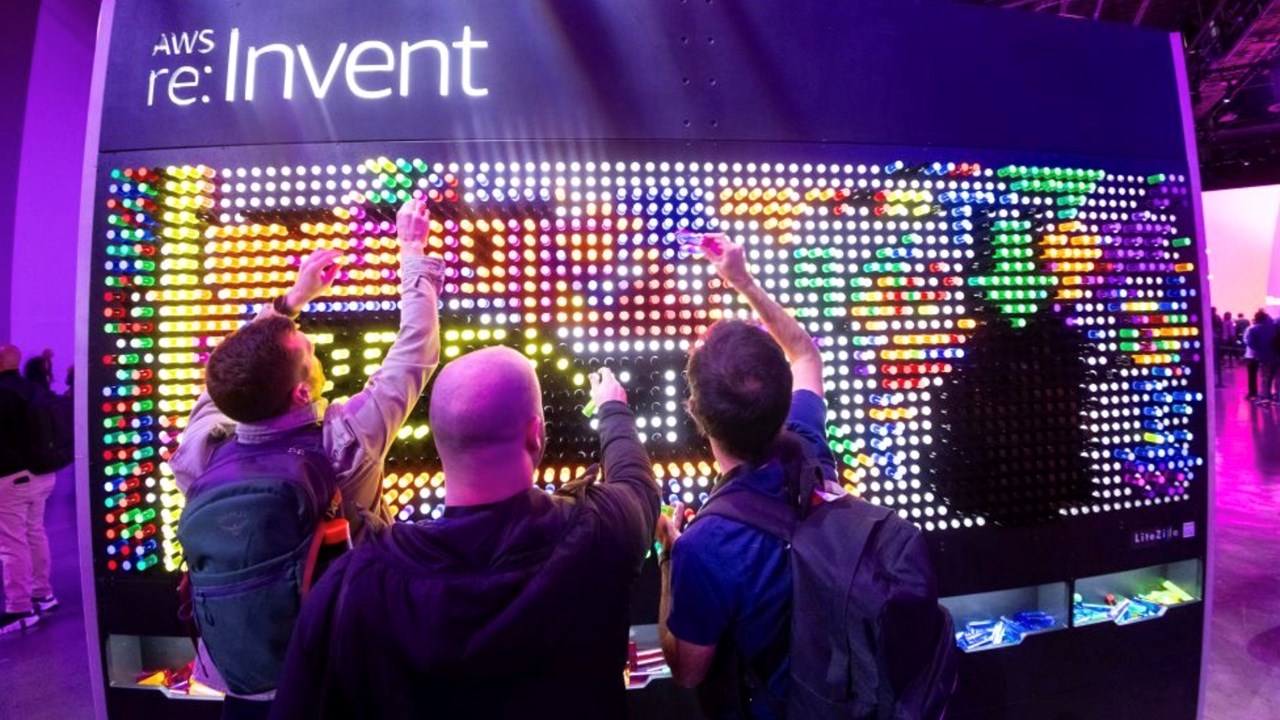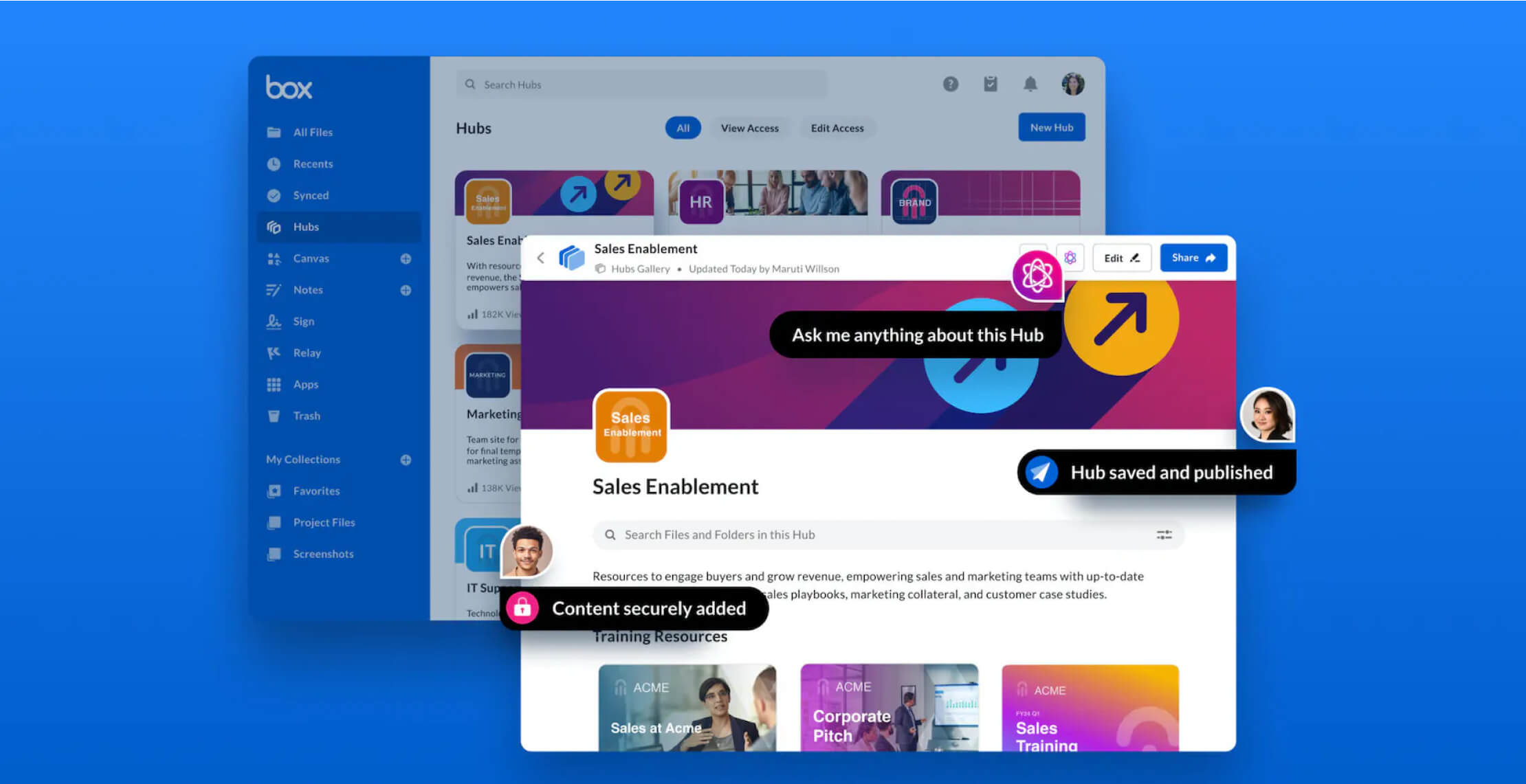In a recent announcement, Box introduced a new approach to pricing for its generative AI features. The company has opted for a consumption-based model, departing from the conventional flat rate system.
Key Takeaway
Box has introduced a consumption-based pricing model for its generative AI features, offering a unique approach compared to traditional flat rate systems. This innovative model aims to align charges with actual usage and accounts for the expenses associated with utilizing the OpenAI API.
Unique Pricing Model
Under the new model, each user is allocated 20 credits per month, which can be utilized for a variety of AI tasks. These credits can be used for up to 20 events, with each task incurring a single credit. Additionally, users have access to a communal pool of 2,000 extra credits. Should the usage surpass this limit, customers are encouraged to engage with a sales representative to procure additional credits.
Insights from Box CEO
Box CEO Aaron Levie elaborated that this innovative approach enables the company to align charges with actual usage. It acknowledges that certain users may leverage the AI features more extensively than others. Furthermore, the pricing model accounts for the expenses associated with utilizing the OpenAI API, which serves as the foundation for the company’s extensive language model.
Comparison with Microsoft’s Model
Contrasting Box’s strategy, Microsoft has adopted a more traditional pricing model. The tech giant revealed that it would impose a $30 fee per user per month for accessing its Copilot features, in addition to the standard monthly Office 365 subscription cost, which varies depending on the customer.
Challenges and Opportunities
During a panel discussion at Web Summit in November, industry experts Christine Spang, co-founder and CTO at Nylas, and Manny Medina, CEO at Outreach, delved into the obstacles faced by SaaS companies in implementing generative AI features. Spang emphasized the significant advancement represented by generative AI and highlighted the need for software companies to integrate it into their products effectively. She expressed, “I’m not going to say it’s like 10 out of 10 where the hype meets the [current] reality, but I do think there is real value there and what’s really going to make the difference is how people take the technology and connect it to other systems, other apps and sort of drive real value in different use cases with it.”

























